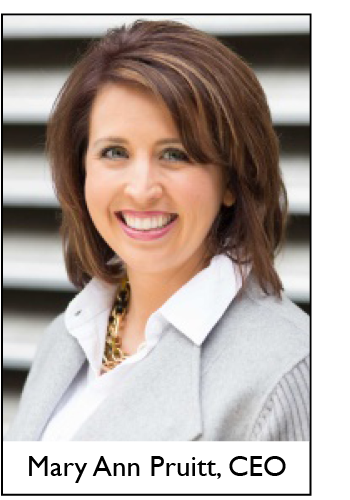2022 Political Media Wrapup

April 15, 2024
Political season is finally over, and viewers finally get a rest from the deluge of campaign ads that have been running all year. And marketers get a rest from the struggle of trying to place ads in very crowded media markets!
Looking back at the last few months, what have we learned about planning and buying political advertising, and what should we keep in mind for the next election season?
Increased Volume
Thanks to a dramatic Supreme Court decision, economic turmoil, and the chance of party control to switch in both houses of Congress, the 2022 campaign season has seen a record amount of ad spending, over 50% higher than the 2018 midterm elections. And for the first time since 2010, spending on midterm elections has surpassed the spending in the most recent presidential election.

This year, the number of races for state governor is more than double compared with the last presidential election season (35 in 2022 versus 16 in 2020). But the bulk of spending went to senate races, at 34.7% or $3.54 billion. House races generated approximately $2.79 billion in spend, gubernatorial elections $2.43 billion, local/down-ballot races $784 million and referendums $657 million.
Marketers should always anticipate the flood of political advertising in an even-numbered year, particularly after Labor Day when 65-75% of all media buying occurs, and be prepared to fight for space to place their own messages amidst all the campaign ads. It always makes sense to plan ahead and place your ads as soon as possible, but you should also prepare to keep your media plans nimble and flexible enough to find workarounds when ad space is crowded out by political messaging.
Changing Spend Shares
Broadcast television remained the dominant share of political media buying, reaching $4.11 billion, a 31% increase from 2018. The only other media platform to exceed $1 billion is direct mail ($1.67 billion). But combined digital political advertising reached $1.75 billion in 2022, led by the growth of OTT advertising that saw a more than 8,000% increase, since most ad-supported streaming services other than Hulu had yet to debut in 2018. Cable TV political ad spending increased 77%, and even newspapers saw an 11% increase in ad spends compared to 2018, the first time in more than a decade that it hasn’t declined.
With political advertising crowding out space across all platforms (but especially TV), it’s wise to attempt diversification of your networks and relationships. By limiting your reliance on specific stations or markets you can avoid sacrificing access and effectiveness. And when buying ads in a crowded market, do not accept rate increases at first glance. Networks have been known to use the political excuse to artificially inflate the perception of demand.
Additionally, local sponsorship packages can be great opportunities to keep your message reaching audiences. Sponsorships require an upfront commitment and then your message is locked in and cannot be pre-empted.
While the general public may feel exhausted by all the political advertising, voter turnout was over 50%, more than 10 points higher than the 40-year average of 39.4%. But marketers felt the pinch of a historically crowded ad market, and many were left scrambling to get their own ads placed between incessant political messaging. Going forward, keeping media plans flexible, planned well in advance, and taking advantage of less politically-heavy platforms will keep your messages heard above all the political noise.
Share this post:
